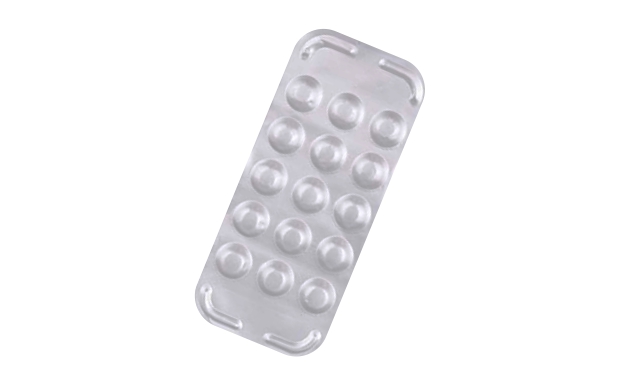Indications:
Ketorolac tromethamine is indicated for the short-term up to 5 days in adults, management of moderately severe acute pain that requires analgesia at the opioid level .Use the lowest effective dose for the shortest duration consistent with individual patient treatment goals. .
Mechanism of action:
The primary mechanism of action responsible for ketorolac's anti-inflammatory, antipyretic and analgesic effects is the inhibition of prostaglandin synthesis by competitive blocking of the enzyme cyclooxygenase COX. Ketorolac is a non-selective COX inhibitor. It is considered a first-generation NSAID.
Pharmacodynamics:
Ketorolac tromethamine is a non-steroidal anti-inflammatory drug that exhibits analgesic activity in animal models. The mechanism of action of ketorolac, like other NSAIDS .Ketorolac tromethamine possesses no sedative or anxiolytic properties.The peak analgesic effect of ketorolac tromethamine occurs within 2 to 3 hours and is not statistically significantly different over the recommended dosage range of ketorolac tromethamine.
Pharmacokinetics:
Ketorolac tromethamine is 100% absorbed after oral administration . Oral administration of ketorolac tromethamine after a high-fat meal resulted in decreased peak and delayed time-to-peak concentrations of ketorolac tromethamine by about 1 hour. Antacids did not affect the extent of absorption.
Distribution: The mean apparent volume (V ß) of ketorolac tromethamine following complete distribution was approx 13 liters. This parameter was determined from single-dose data. Plasma concentrations as high as 10 mcg/mL will only occupy approximately 5% of the albumin binding sites.A decrease in serum albumin, will result in increased free drug concentrations.Ketorolac tromethamine is excreted in human milk.
Metabolism: Ketorolac tromethamine is largely metabolized in the liver. The metabolic products are hydroxylated and conjugated forms of the parent drug. The products of metabolism are excreted in the urine.
Excretion: The principal route of elimination of ketorolac and its metabolites is renal. About 92% of a given dose is found in the urine, approximately 40% as metabolites and 60% as unchanged ketorolac. Approximately 6% of a dose is excreted in the feces.
The half-life of the ketorolac tromethamine S-enantiomer is approx. 2.5 hours compared with 5 hours for the R-enantiomer.
Contraindications:
Ketorolac tromethamine is contraindicated in patients with
● hypersensitivity to ketorolac tromethamine
● active peptic ulcer disease
● patients who have experienced asthma, urticaria, or allergic-type reactions after taking aspirin or other NSAIDs.
● contraindicated as prophylactic analgesic before any major surgery.
● gastrointestinal bleeding
● alcohol intolerance, renal impairment
● cerebrovascular bleeding
● nasal polyps
Side Effects:
● Upset stomach
● nausea, vomiting
● constipation
● diarrhea, gas
● Dizziness or drowsiness may occur.
If any of these effects worsen,seek help from your doctor immediately.. This medication may raise your blood pressure
